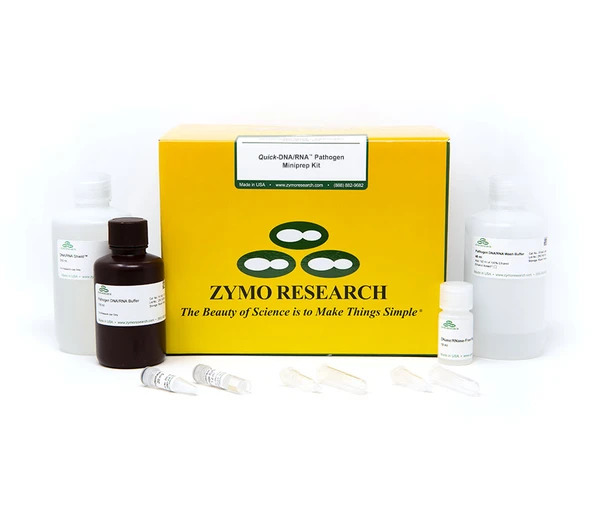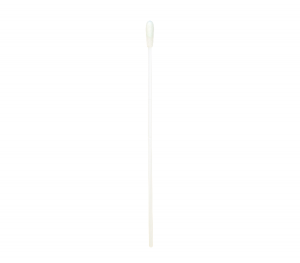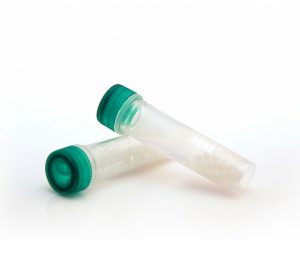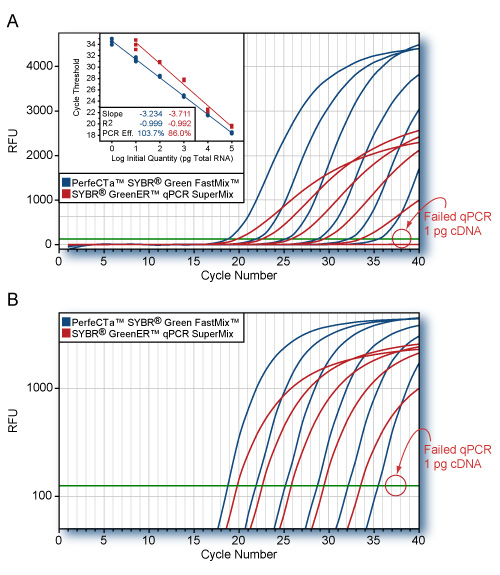Quick-DNA/RNA Pathogen Miniprep
| Cat# | Name | Size |
|---|---|---|
| R1042 | Quick-DNA/RNA Pathogen Miniprep | 50 Preps |
| R1043 | Quick-DNA/RNA Pathogen Miniprep | 200 Preps |
Description
R1042 / R1043
Highlights
- Spin-column purification of pathogen (virus, bacteria, protozoa) DNA/RNA from a wide variety of vectors (mosquitoes, fleas, ticks, etc.) and tissue types (mammals, birds, etc.) stored in DNA/RNA Shield™.
- DNA/RNA is ready for any sensitive downstream applications (e.g., Next-Gen sequencing, RT/PCR, etc.)
Description
Quick-DNA/RNA Pathogen Miniprep kit is a spin-column based purification of pathogen (virus, bacteria, protozoa) DNA and RNA from a wide variety of vectors (mosquitoes, fleas, ticks, etc.) and tissue types (mammals, birds, etc.) collected, transported and stored in DNA/RNA Shield™. The kit features a storage/lysis buffer system and can be combined with high density ZR BashingBead™ Lysis Tubes (optional) to facilitate complete homogenization of hard-to-lyse samples for efficient nucleic acid isolation. Small (>50 nt) and large (>200 kb) DNA and RNA are bound to Zymo-Spin™ IIC Columns, washed and then eluted. The isolated high-quality nucleic acids are suitable for all downstream applications such as Next-Gen sequencing, hybridization-based and RT/PCR detection.
Equipment
Microcentrifuge
Purity
DNA/RNA is ready for any sensitive downstream applications (e.g., Next-Gen sequencing, RT/PCR, etc.)
Sample Source
Vectors (mosquitoes, fleas, ticks, other tough-to-lyse insects) and tissue types (animal tissue, plants, other hosts) processed and stored in DNA/RNA Shield™.
Size Range
50 nt to ~200 kb
Yield
50 µg DNA/RNA binding capacity (spin-column), ≥25 µl elution volume
 |
95 / 100 Bioz Stars |
Phylogenetic analysis of West Nile Virus in Maricopa County, Arizona: Ev…
PLoS One Published 26 Nov 2018
‘All mosquito pools were stored at -80 degrees Celsius prior to extractions.. Both DNA and RNA were extracted from the pools in a Biosafety Cabinet using the Quick DNA/RNA Pathogen MiniprepTM kit (Zymo Research).. RNA was reverse transcribed into cDNA using the protocol as described in Quick et al. [ ], and the product was stored at -20 degrees Celsius.’









